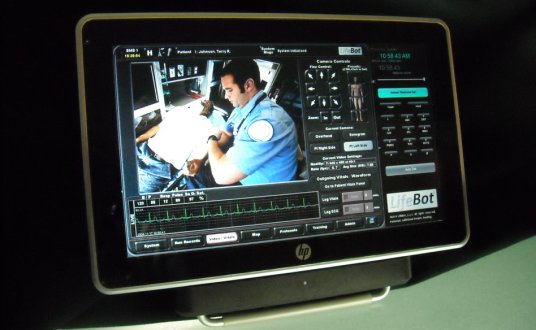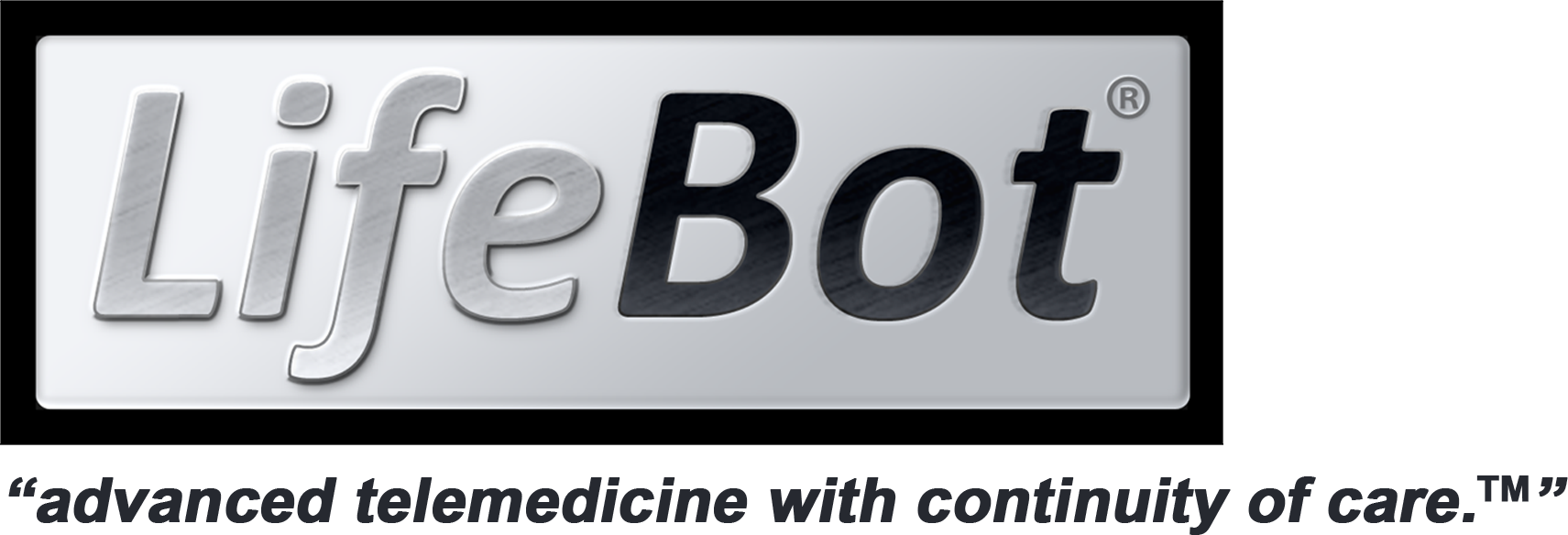 By Neil Versel – While many in mobile health look at ways to get personal monitoring devices into the home to help manage diseases, several figures with deep backgrounds in trauma care are trying to commercialize a system to prevent death from heart attacks and stroke.
By Neil Versel – While many in mobile health look at ways to get personal monitoring devices into the home to help manage diseases, several figures with deep backgrounds in trauma care are trying to commercialize a system to prevent death from heart attacks and stroke.
Central to this effort is Roger Lee Heath, an inventor and entrepreneur who holds dozens of patents including for the technology that enabled the automatic external defibrillator. Widely known in emergency medicine but a relative newcomer to health IT, Heath now heads a Tempe, Ariz.-based company called LifeBot that could be on the verge of bringing advanced telemedicine mainstream.
In November, LifeBot signed an option to commercialize the Disaster Relief and Emergency Medical Services (DREAMS), a $35 million ambulance-based telemedicine and disaster-management system. DREAMS, developed by the University of Texas Health Science Center at Houston and Texas A&M University in conjunction with the U.S. Army’s Telemedicine and Advanced Technology Research Center (TATRC) and the U.S. Army Materiel Command, powers what’s being touted as a “Super Ambulance.” The system, now in use in a handful of rural Texas counties, provides live transmissions of multiple remote-controlled cameras, telemetry data and patient records between ambulances and hospital emergency departments and trauma centers.
Principal Investigator Dr. S. Ward Casscells, a former assistant secretary of defense for health affairs, led the DREAMS project and won several awards for his work. Trauma surgeon Dr. James H. “Red” Duke Jr., who treated Texas Gov. John Connally after the shooting that killed John F. Kennedy, created the Super Ambulance and tested DREAMS on Memorial Hermann Life Flight air ambulances. He used the system to remotely triage patients affected by Hurricanes Katrina and Rita in 2005.
